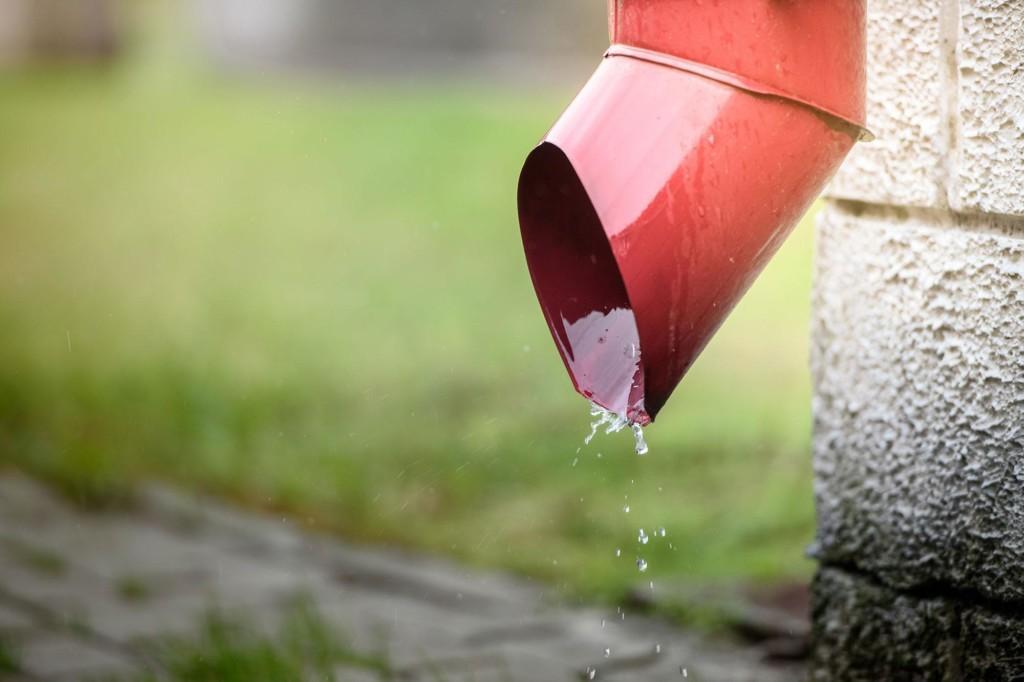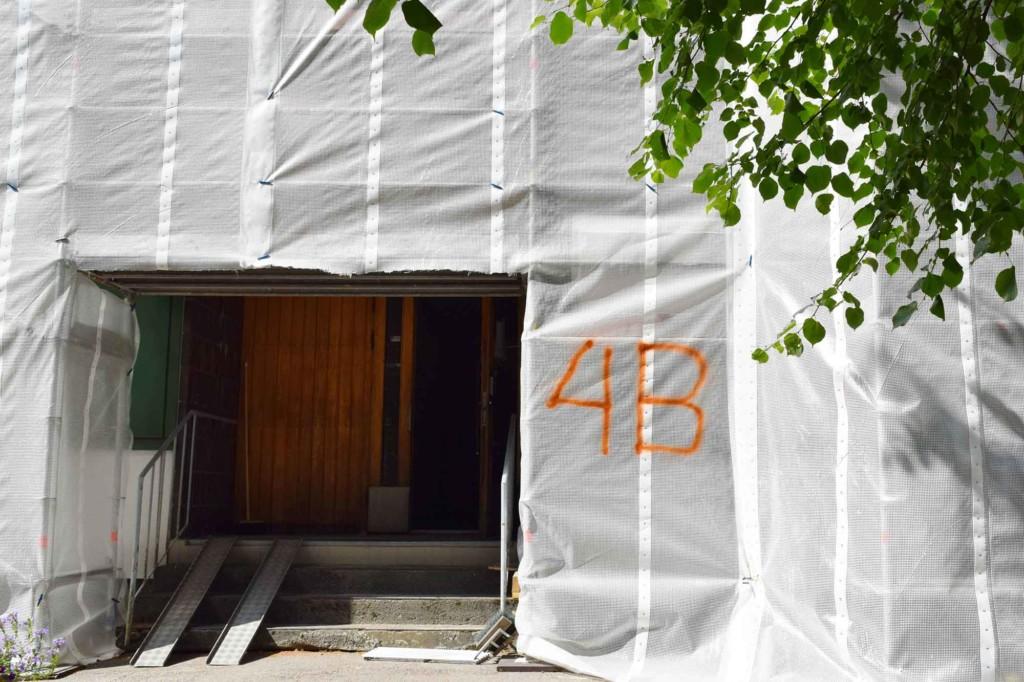Union of dust control and cleanliness control obligations
It is possible to avoid potential problems with the indoor climate of buildings. It is recommended that efforts are made to prevent dust already at the construction stage as part of cleanliness control. Healthy and safe construction also ensures a healthy and safe property with high-quality indoor air. What does dust control mean and how can it be seen at a construction site at the construction stage of the property?
The dust control obligations to ensure the safety of construction work (Government Decree 205/2009) and to combat work-related cancer risks (Government Decree 1267/2019) support the P1 quality objectives of clean construction in accordance with Indoor Climate Classification 2018 (Sisäilmastoluokitus 2018) by the Finnish Indoor Air Association (Sisäilmayhdistys ry), as cleanliness control is based on successful dust control at the construction site. On the other hand, the starting points for the decrees and the requirements for the P1 class in the guideline card according to the Indoor Climate Classification 2018 (RT 07-11299) differ from each other.
The decrees aim to protect the health and safety of employees at a shared workplace, where the activities are guided by moments of potential exposure, i.e. all the activities performed at the construction site. In the Indoor Climate Classification, the implementation guidelines for construction work cleanliness class P1 are largely focused on the operational test and delivery stages. The aim with class P1 is to provide a healthy and safe space for the users, which means that it focuses on cleanliness at the handover stage.
The importance of dust control in the realisation of cleanliness control is only stated at a very general level in the Indoor Climate Classification: “The achievement of the selected indoor climate quality class largely depends on dust control during construction.” As regards to installation requirements for construction materials, it is stated that the air must be clean and any work stages that will contaminate the air must not be simultaneously performed. So, how it is possible to achieve the requirement “the air is clean” at a construction site? The criteria for clean air are explicitly laid down in regulations in the form of dust control obligations to protect the health of employees (Government Decrees 1267/2019 and 205/2009).
Simplified, the aim is to prevent, reduce and limit the generation and spreading of impurities harmful to health. If dust control is realised at the construction site separately for each task, the starting points for cleanliness control are excellent. Hence, dust control and cleanliness control should be considered a union where the shared value is healthy construction. In a well-implemented construction project, dust control and cleanliness control go hand in hand from the perspective of the anticipation and prevention of risks related to safety and finances.
Potential health hazards from silica dust
Construction in accordance with the dust control obligations and the implementation of cleanliness control starts with the client’s expertise in setting the requirements and correctly assigning the resources required to meet the requirements. Meanwhile, contractors must actively implement, monitor and improve dust control at the construction site as part of their occupational health and safety responsibilities. Government Decree on the Prevention of Work-Related Cancer Risks (1267/2019), which entered into force at the beginning of the year, requires that the silica dust content in the air of a construction site must be as low as possible.
In practice, whenever there is visible dust in the air at the construction site when stone materials are being processed, there is too much silica dust in terms of the health of respiratory organs. At the same time, it must be recognised that very fine dust can easily spread with air flows at the construction site, which is both a health risk and a factor that places a strain on cleanliness control. Government Decree 1267/2019 also includes binding limit values for a number of carcinogenic compounds, including silica dust, hardwood dust and diesel fumes.
However, all the parties involved in a construction project must understand that there is no safe limit for exposure to carcinogenic substances. That is why the decree highlights a key dust control obligation to protect occupational health: even if the concentrations remain below the binding limit values, the employer must continue to use the best available solutions and take measures to prevent harmful exposure and the spreading of dust. This also contributes to the success of cleanliness control.
Financial risks associated with silica dust
The later any fine dust is dispersed, the more challenges it will present for cleaning at the performance test and handover stages. Fine dust falls slowly; it can take up to several weeks to settle down. That is why several cleaning rounds must be performed at construction sites at the performance test and handover stages.
The contractor wants to keep cleaning costs reasonable, but continuous dust deposition increases these costs. In the worst case, when the amount of dust is checked the day after cleaning, there is already so much dust that the site does not comply with the P1 requirements. This is a chain reaction that increases the cleaning costs for the contractor and also the cleanliness control costs for the developer. Most contractors are also subject to a delivery schedule that includes a contractual penalty. If the site needs to be cleaned over and over, the handover of the building may be delayed, which will lead to additional costs for the contractor.
And that is not all, like ads often say: the contractor has a million other things to do as the handover stage approaches, such as correcting all the defects included in snag lists. The developer may also be subject to financial risks pertaining to the schedule. Tenants may be using rented temporary facilities, and a delay in the handover of the site is not an option. So, if we start the dust control measures at the construction site from the very beginning, we can reduce the burden on the contractor during the handover stage and, above all, reduce the financial risk for the contractor and the developer.
Dust measurements at construction sites – what, how and why?
According to the occupational health and safety requirements, an employer must be aware of the impurities to which workers can be exposed while working. Occupational hygiene measurements are used to determine employees’ exposure to impurities at work. For example, in the case of dust hazardous to respiratory organs, the employees’ breathing air is measured to see how much harmful dust there is in the air. To assess the health risks, the results are compared with the reference values for occupational hygiene (Decree 538/2018 of the Ministry of Social Affairs and Health on Concentrations Known to Be Harmful, Sosiaali- ja terveysministeriön asetus haitalliseksi tunnetuista pitoisuuksista).
Government Decree on the Prevention of Work-Related Cancer Risks (1267/2019) requires that in addition to the dust control and cleanliness control requirements, the client must determine in the contract and safety documents the necessity of occupational hygiene measurements in terms of the exposure to silica dust, for example. If there is no need to carry out occupational hygiene measurements at the site, the developer must also be able to provide justification for this. Possible justification includes using existing research data (such as the PUTUSA project) or previous benchmark measurements.
Studies have shown that the silica dust concentrations generated during chiselling, diamond cutting and grinding exceed the occupational hygiene reference values of the decrees (Decree 538/2018 of the Ministry of Social Affairs and Health and Government Decree 1267/2019) if the work is carried out without using spot exhaust devices connected to the machines. The silica dust concentrations are also harmfully high in many cases where non-functional spot exhaust devices or devices not suitable for the removal of silica dust are used. If the air looks clean, it does not mean that the air at the worksite is actually safe to breathe. At present, there is a pressing need in the construction industry to obtain reliable benchmark measurements with modern dust control solutions to make the industry safer and healthier. Research data for the needs of developers and contractors is available.
In addition to occupational hygiene measurements, the success of dust control can be measured with real-time particulate measuring instruments suitable for fine dust. Measuring instruments which directly indicate the dust concentration can be used for approximate values during own control at the construction site by, for instance, studying the temporal variation of particulate concentrations at different work stages or in different rooms. Measuring instruments which directly indicate the concentration are also good tools in quality assurance, such as regular inspections of the dustproofing of protective walls. When using real-time measuring instruments, the inaccuracy of measurement must be kept in mind when interpreting the precise concentration values, however, because the concentration response depends on the size and shape of the particles, among other factors. The results are always more accurate when using methods based on weighing. Real-time dust monitoring provides valuable information on the effectiveness of dust control and the opportunity to react quickly to improve dust control measures, though.
The promotion of healthy construction is a combination of practical work and research. We use a practical approach to assist developers and contractors in integrating research into the planning and implementation of healthy construction. We address the practical challenges of dust control, cleanliness control and occupational hygiene. We can help you in all matters pertaining to the measuring of dust or the meeting of document requirements in practice!



